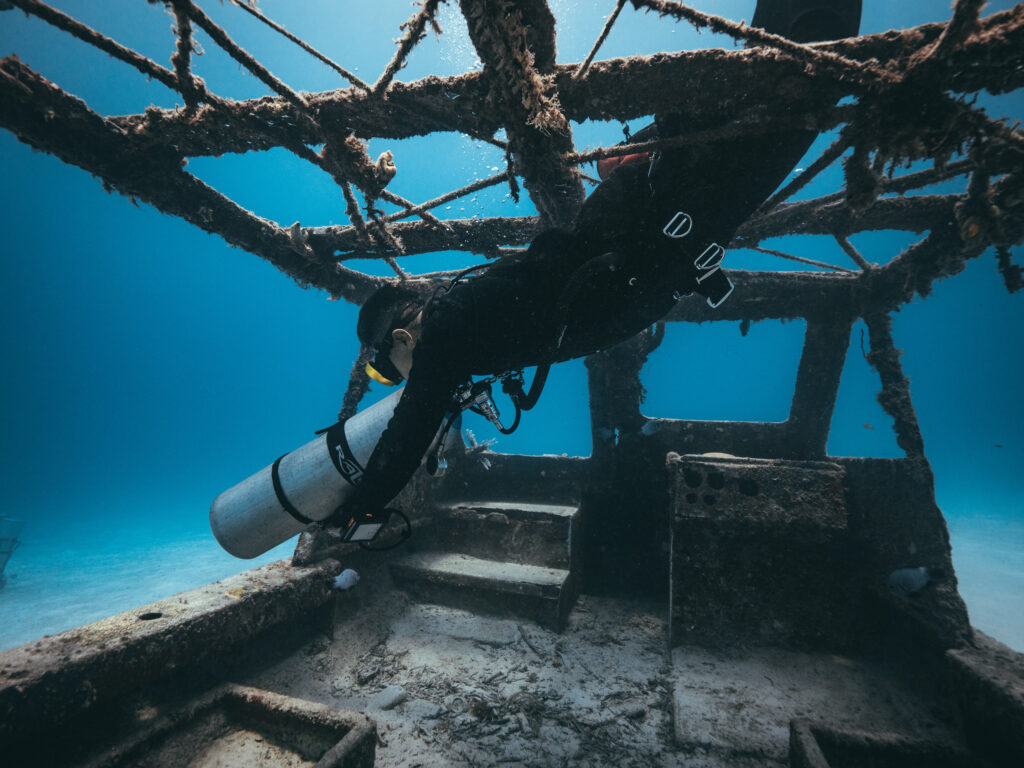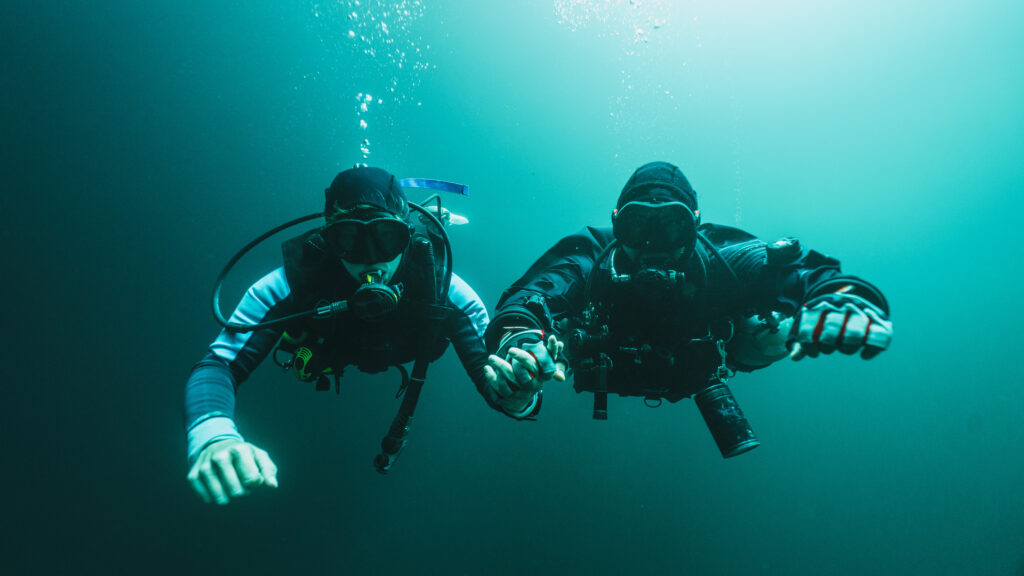What is a Controlled Buoyant Lift?

A controlled buoyant lift (CBL) is a critical technique in scuba diving, essential for safely managing the ascent of an incapacitated diver. It involves carefully adjusting the buoyancy of both the rescuer and the casualty to achieve a controlled and steady ascent to the surface. This procedure is vital in emergency scenarios, ensuring that the casualty is brought to the surface efficiently and safely without risking decompression sickness or other complications associated with rapid ascents. The mastery of CBL is a fundamental skill for rescue divers and is included in advanced training programs across various diving certification organizations.
What is Recreational Scuba Diving?

Recreational scuba diving is a popular underwater activity enjoyed by millions of people around the world. It allows individuals to experience the underwater environment firsthand, encountering marine life and underwater landscapes that are typically inaccessible. Unlike commercial or military diving, which focuses on tasks such as underwater construction or defense, recreational scuba diving is primarily for enjoyment and adventure. It involves using a self-contained underwater breathing apparatus (scuba) to breathe underwater, enabling divers to spend extended periods submerged. This activity has grown significantly in popularity due to its appeal to adventurers and nature enthusiasts alike.
What is a No Stop Dive?

A no stop dive, also known as a no decompression dive, is a type of scuba diving where divers can ascend directly to the surface without having to make mandatory decompression stops. These dives are characterized by staying within certain depth and time limits to avoid the need for decompression, which occurs when dissolved gases, primarily nitrogen, form bubbles in a diver’s body during ascent. The practice is crucial for recreational diving as it emphasizes safety and proper planning. Understanding the concept and adhering to the guidelines can prevent decompression sickness, making no stop dives a fundamental aspect of safe diving practices.
What is Compressed Air?

Compressed air, essential in scuba diving, refers to air that has been pressurized to fit into a smaller volume, typically within a scuba tank. This enables divers to breathe underwater for extended periods. Understanding compressed air is vital for divers, as it directly impacts safety, dive planning, and equipment use. Historically and technologically significant, compressed air has evolved through innovations, becoming a cornerstone of modern diving.
What is Carbon Dioxide (CO2)?

What is Carbon Dioxide (CO2)? Carbon dioxide (CO2) is an odorless, tasteless gas that is a natural byproduct of metabolism. This greenhouse gas plays a crucial role in the Earth’s atmosphere, and it is also an essential factor to consider for scuba divers. Exhaled by the lungs, CO2 is a critical aspect of scuba diving, […]
What is Buoyancy Control?

What is Buoyancy Control? Buoyancy control is a fundamental skill in scuba diving, essential for both safety and underwater exploration. It enables divers to maintain a constant depth, efficiently ascend and descend in the water column, and effortlessly glide through their surroundings. Mastering buoyancy control requires understanding the principles of buoyancy and applying them to […]
What is a Buddy Line?

What is a Buddy Line? The buddy line, also known as a buddy tether, is a critical piece of scuba diving equipment designed to enhance diver safety and communication. It is a short line, typically between 3 and 6 feet (1 and 2 meters) long, that connects two divers underwater, helping them maintain contact during […]
What is a Buddy when Scuba Diving or Freediving?

A “buddy” in scuba diving or freediving refers to a designated diving partner who accompanies another diver during their underwater experience. The buddy system, a central part of these activities, was designed to enhance safety and promote teamwork. The buddy concept involves two divers working together, keeping an eye on each other, and offering help when necessary. This system is critical for ensuring that both individuals have a safe and enjoyable time underwater.
What is Blind Traverse?

What is Blind Traverse? A blind traverse, a challenging and exhilarating aspect of scuba diving, occurs when a diver navigates through a cave from one entrance to a different, unfamiliar exit. This type of diving requires specialized skills, training, and equipment to ensure the safety and success of the diver. In this entry, we will […]
What is a Bell Harness?

What is a Bell Harness? Scuba diving is a thrilling and captivating sport that offers a unique opportunity to explore the underwater world. As divers traverse the depths, safety becomes paramount, and one essential piece of equipment in certain diving scenarios is the bell harness. This article delves into the design, purpose, and applications of […]
